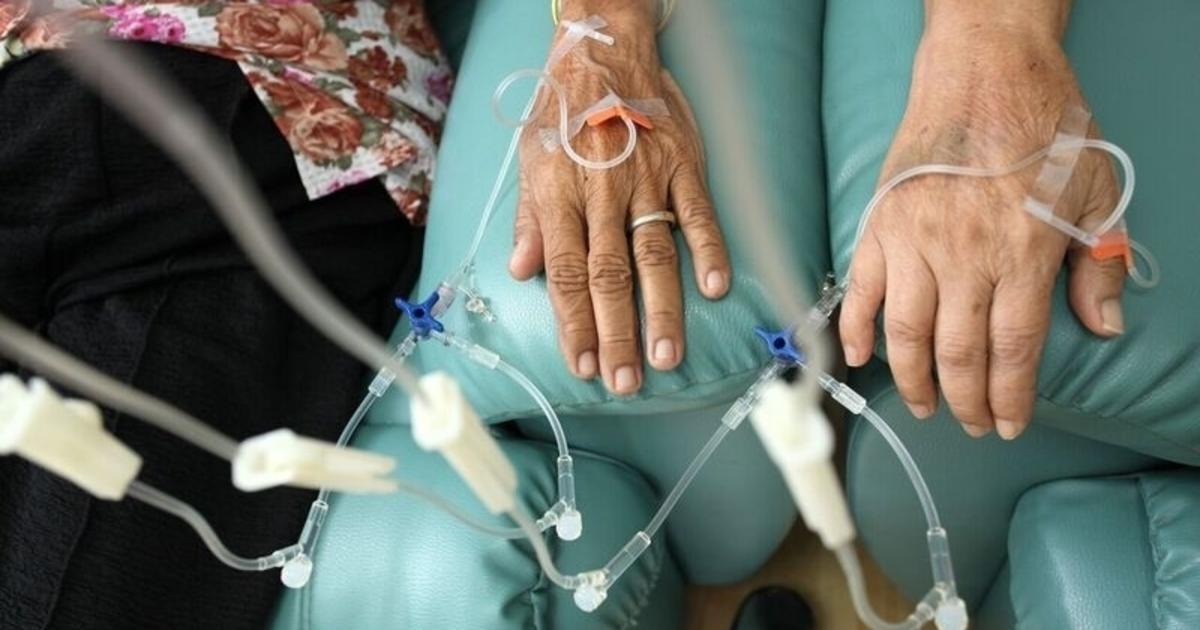Dr. Tahir Muhammad Rana MD PHD
Radiation Oncologist | Radiation Oncology
2900 N I-35 Suite 119 Denton TX, 76201About
Dr. Tahir Rana practices Radiation Oncology in Denton, TX. Radiation oncology is a medical specialty that involves treating cancer with radiation. Dr. Rana specializes in treating cancer with radiation, using radiation therapy to treat a wide variety of cancers. Radiation therapy uses carefully targeted and regulated doses of high-energy radiation to kill cancer cells.
Education and Training
Nishtar Medical College, Bahuddin Zakaria Univ. MD
Nishtar Medical College & Hospital 1985
Board Certification
RadiologyAmerican Board of RadiologyABR
Provider Details
Expert Publications
Data provided by the National Library of Medicine- Tat-associated kinase (P-TEFb): a component of transcription preinitiation and elongation complexes.
- Controlling human immunodeficiency virus type 1 gene expression by unnatural peptides.
- Biochemical and functional interactions between HIV-1 Tat protein and TAR RNA.
- Proximity of a Tat peptide to the HIV-1 TAR RNA loop region determined by site-specific photo-cross-linking.
- Probing RNA-protein interactions by psoralen photocrosslinking.
- Inhibition of gene expression in human cells through small molecule-RNA interactions.
- Design, synthesis, and biological activity of a cyclic peptide: an inhibitor of HIV-1 tat-TAR interactions in human cells.
- HIV-1 TAR RNA enhances the interaction between Tat and cyclin T1.
- Selection of HIV replication inhibitors: chemistry and biology.
- DSIF and NELF interact with RNA polymerase II elongation complex and HIV-1 Tat stimulates P-TEFb-mediated phosphorylation of RNA polymerase II and DSIF during transcription elongation.
- Targeting RNA with peptidomimetic oligomers in human cells.
- HIV-1 Tat protein interacts with mammalian capping enzyme and stimulates capping of TAR RNA.
- A new strategy for site-specific protein modification: analysis of a Tat peptide-TAR RNA interaction.
- Probing Tat peptide-TAR RNA interactions by psoralen photo-cross-linking.
- Transfer of oxygen from an artificial protease to peptide carbon during proteolysis.
Treatments
- Liver Cancer
- Pancreatic Cancer
- Prostate Cancer
- Melanoma
- Breast Cancer
- Kidney Cancer
- Lung Cancer
- Colon Cancer
- Bone Cancer
- Lymphoma
- Ovarian Cancer
- Aerolase® Technologies
- Extra Corporeal Shockwave Therapy
Dr. Tahir Muhammad Rana MD PHD's Practice location
Tahir Rana
2900 N I-35 Suite 119 -Denton, TX 76201Get Direction
Dr. Tahir Muhammad Rana MD PHD's reviews
Write ReviewPatient Experience with Dr. Rana
Recommended Articles
- Radiotherapy for Cervical Cancer
Radiotherapy is a treatment that involves high-energy X-rays or particles, which kill cancerous cells. It is sometimes used to treat non-cancerous tumors. Studies have shown that almost half of people with cancer receive radiotherapy as a part of their treatment plan.The type of radiotherapy to be...
- What Are the Side Effects of Radiation Therapy?
Radiation therapy, also known as radiotherapy, is a procedure that is used mainly to treat cancer and other conditions such as thyroid disorders, non-cancerous growths, and blood disorders. Just like other types of treatment, radiotherapy often causes side effects. The side effects generally depend...
- Does Bladder Cancer Require Chemotherapy for Treatment?
Does bladder cancer require chemotherapy for treatment?Bladder cancer can be treated through a number of ways and chemotherapy is one of them. Chemotherapy is an important treatment method and it works well in many cases. However, to understand whether it is necessary, it is important to know what...
- What Is Recovery Like for Radiation Therapy?
After undergoing radiation therapy, the patient will be instructed on what to do, the appointments to keep, and everything they will need to know to make a full and safe recovery. Recovery usually depends on a lot of factors, but the following are some of the important ones:...
- Radiation Therapy vs Chemotherapy
Radiation TherapyIn this method, the doctors will use gamma rays, x-rays, and charged particles that will be directed at, implanted, or introduced directly into the blood stream. In this form of treatment, you will find the three types of therapy that will all be described according to way they...
- She Survived Breast Cancer, But Says a Treatment Side Effect Almost Killed Her
In 2014, 47-year-old Virginia Harrod found a lump in her breast, which was actually stage III breast cancer. She was immediately started on shock-and-awe chemotherapy, but as it turned out, the cancer was chemo-resistant and the tumor only grew with each treatment. Harrod then underwent a double...
Nearest Hospitals
THE HEART HOSPITAL BAYLOR DENTONl
2801 SOUTH MAYHILL ROAD DENTON TX 76208




